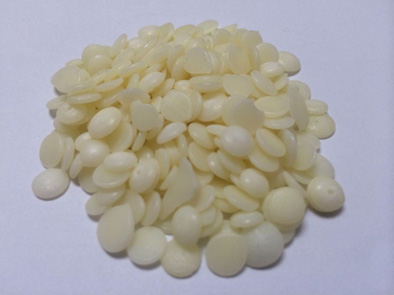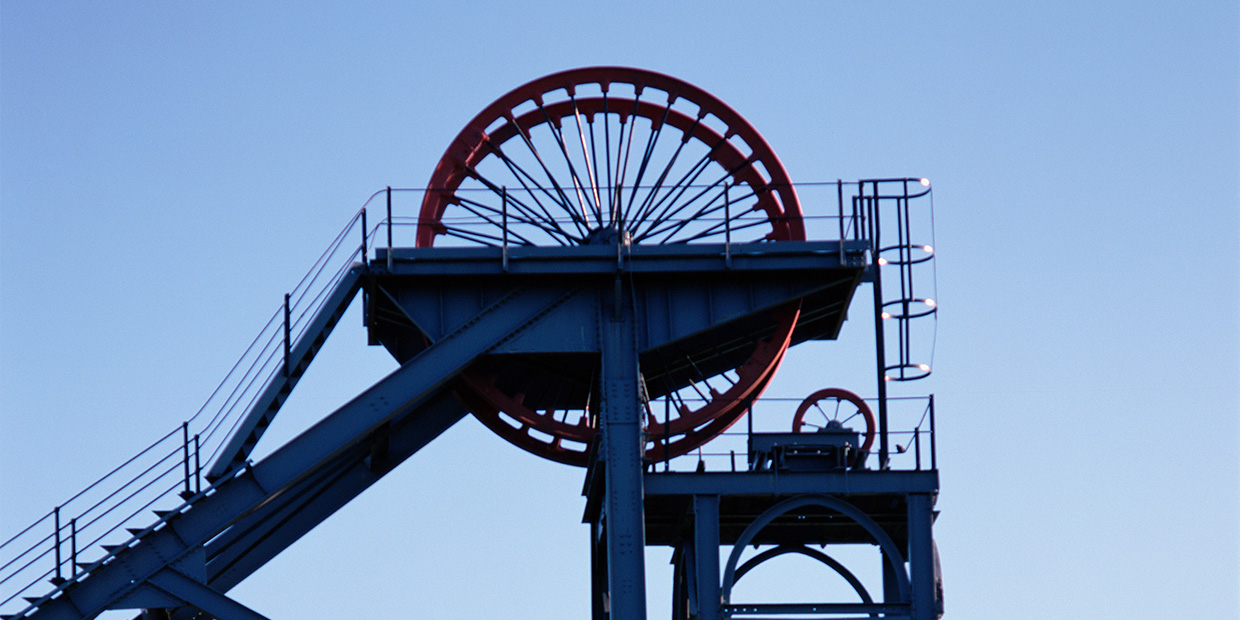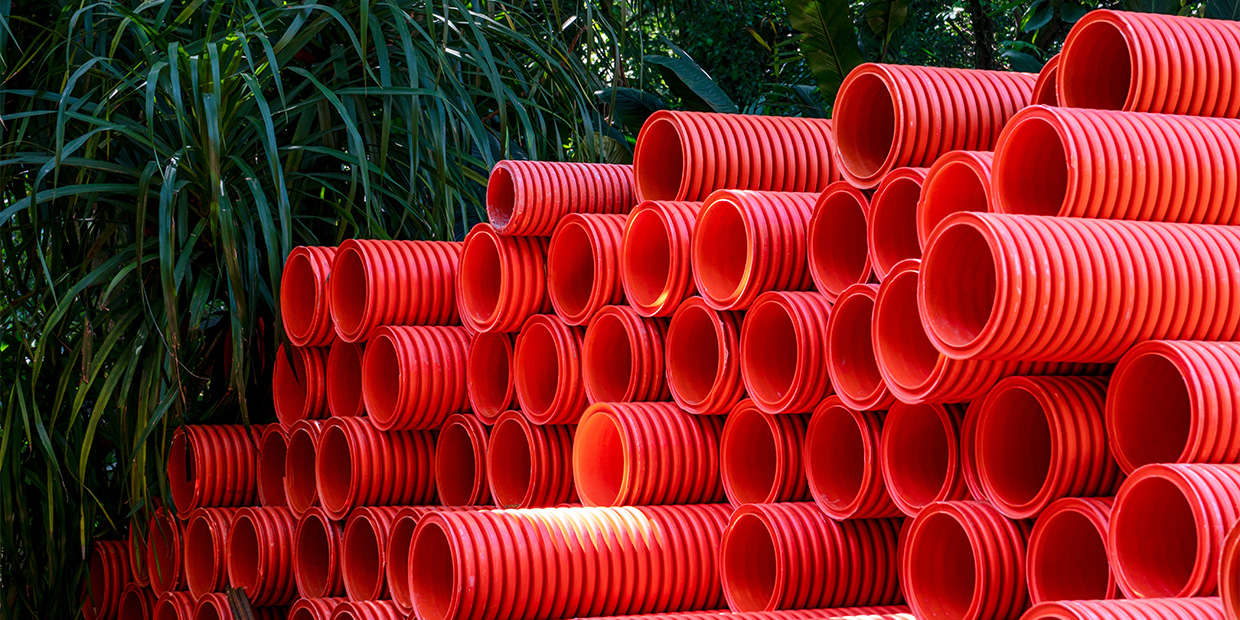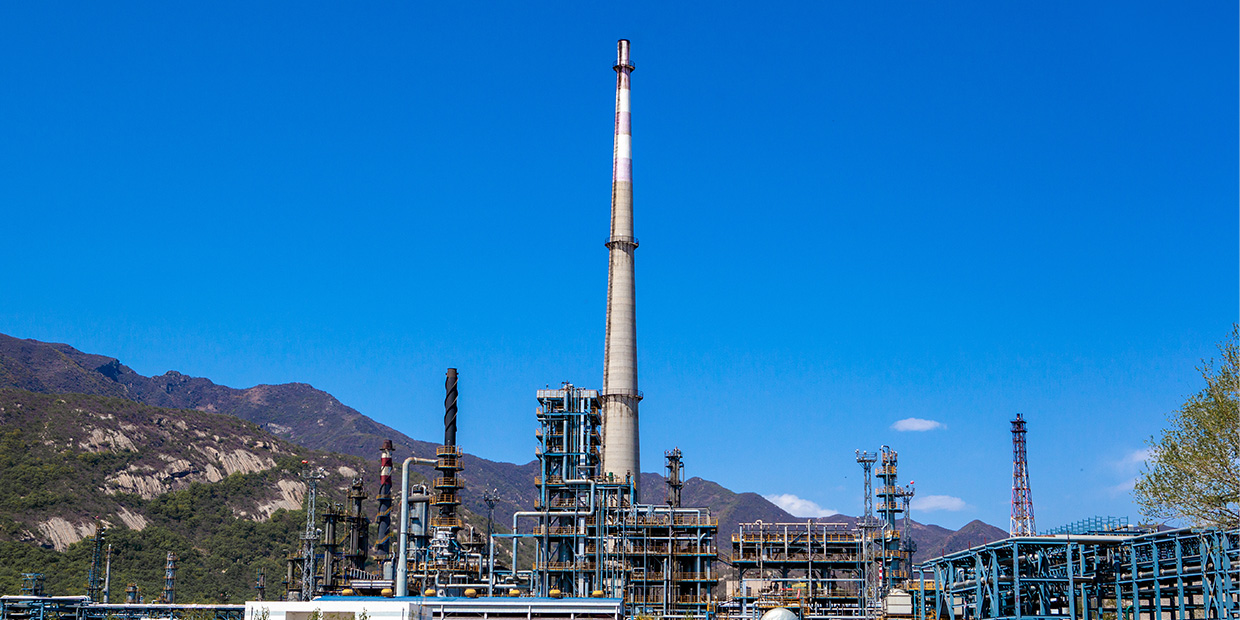about us
Xinhan (Taiwan) International Trade Co., Ltd. was founded in 2004
One of Taiwan's excellent rubber and plastic raw materials manufacturers
The company is headquartered in Dongguan City, Guangdong Province, and has "Xinhan Rubber Technology (Shenzhen) Co., Ltd." in Shenzhen, which is mainly engaged in the international trade of rubber raw materials and the import and export business of our rubber raw materials.
18year
Industry experience
5000㎡
Land area
500+
Monthly production (tons)

Application
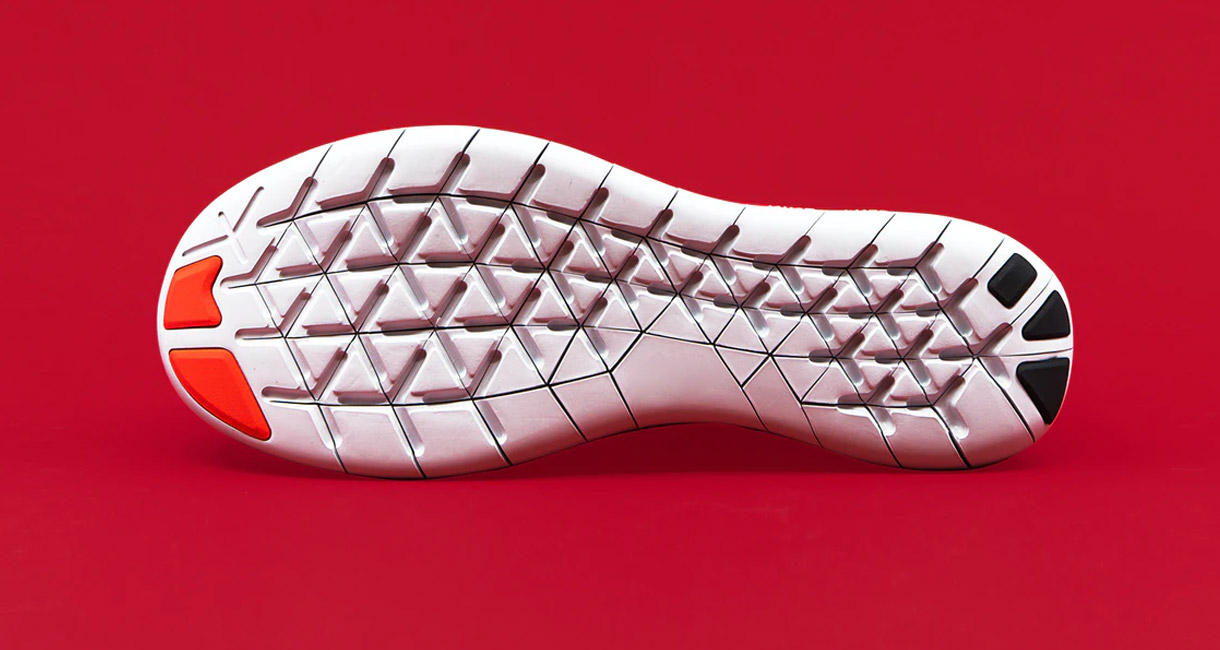
Application skills of natural rubber in EVA foam bottom
2021-11-24
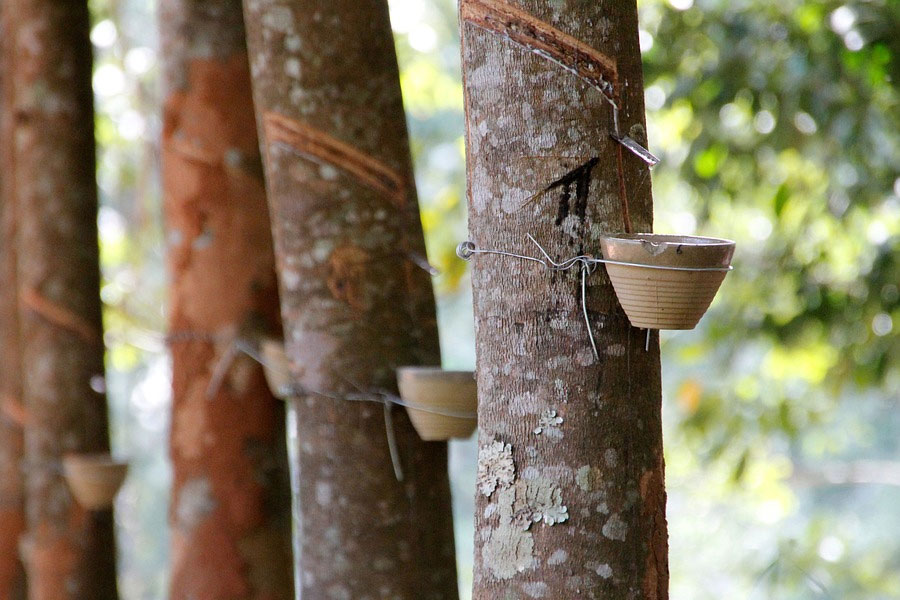
What is the difference between rubber foam and EVA foam
2021-11-24
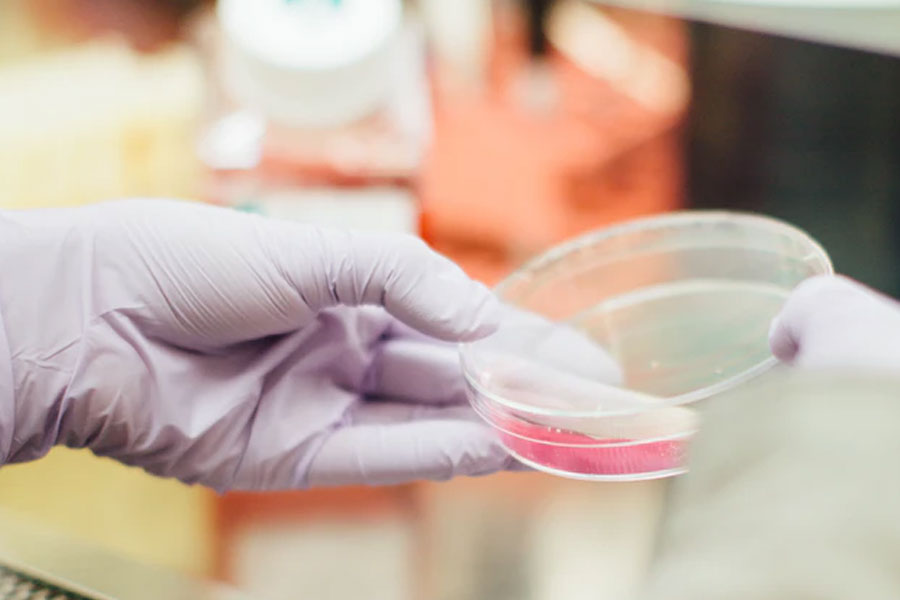
Application of PE (polyethylene) wax in rubber
2021-11-24
Search

Visit mobile station
Copyright © XinHan Rubber Technology (Shenzhen) Co.,Ltd All Rights Reserved
粤ICP备14000150号
Powerby:300.cn




